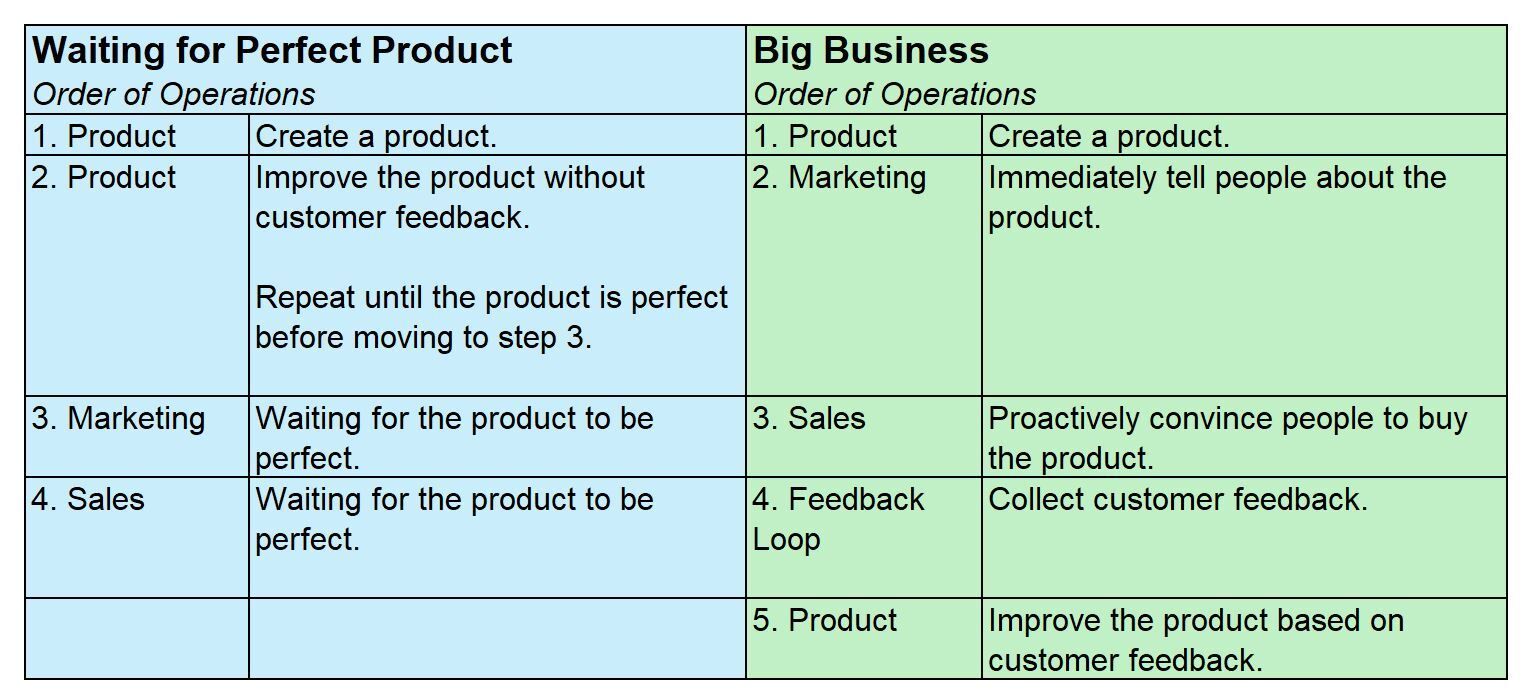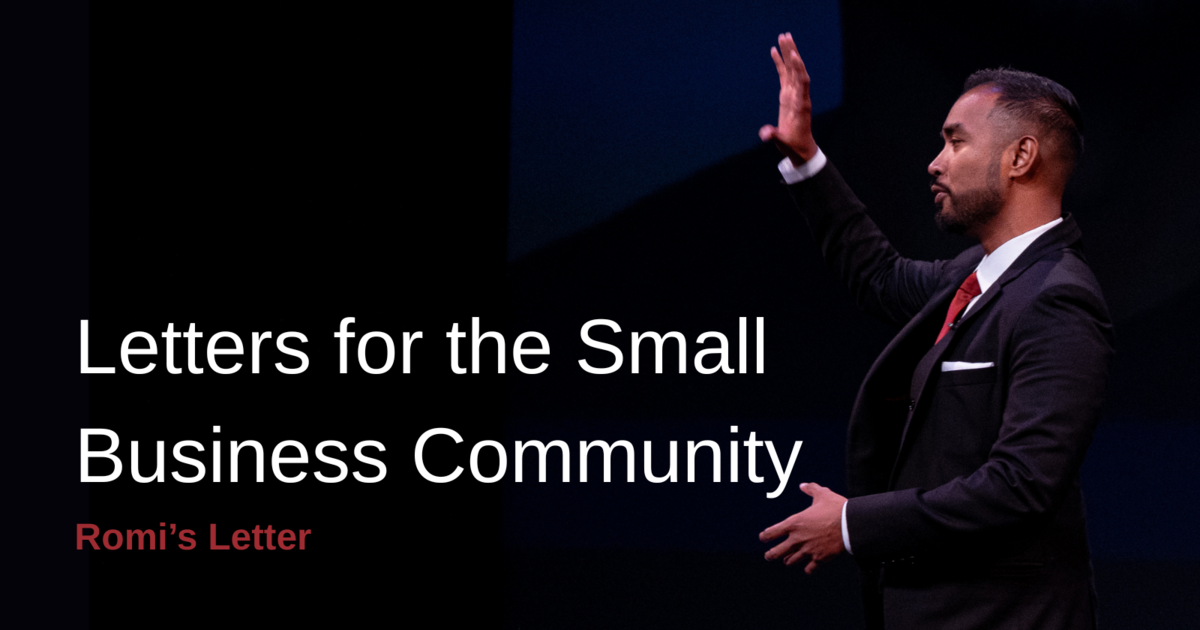Topic this week: growth strategy for a new product or business.
This letter is inspired by the survey responses. Submit the 30-second survey if you’d like me to write about your 12-month business goals.
Free resources I like.
Offer Creation Course by Alex Hormozi – This is my go-to resource for anyone struggling to create compelling offers that make customers want to buy.
Government Contracting Certifications by CA Department of General Services – Breaking into government contracting? See if you qualify for Small Business and Disables Veteran Business Enterprise certifications to compete for contracts.
Public Relations Masterclass by Lulu Cheg Meservey – Not sure how to tell the public about your business? Lulu is a Shopify board member and used to lead communications for Activision Blizzard and Substack. Her interview will teach you how to craft your message.
The elephant in the room.
Let me address the elephant in the room: some of you love your craft, but shy away from telling people about it and asking them to buy.
In other words, you’re product experts who wish sales & marketing weren’t also part of your responsibilities.
But as small business owners and freelancers, who else will talk about our products if not us? Who else will ask people to buy if not us? It’s the nature of the game. And as players, we need to build up our skills to not just be on the team roster, but to also get on the field and score points.
(I hope you’re a sports fan, or else my analogy just flopped.)
We’re shy because we don’t know.
It’s my belief people shy away from sales & marketing because they don’t understand what it is. It’s like a heavy fog on the morning drive to work. We know our destination, but we’re hesitant to drive at our normal fast speeds.
For the purpose of this letter, let’s agree on a couple definitions:
Sales = the activity or process to convince people to buy a product
Marketing = the activity or process to tell people about a product
Sales can be an in-person conversation or in the social media DMs. It can also be the email or text message we make from our phones. Sales can be any way we communicate with someone who’s shown interest in our business.
Marketing can be a booth setup at an event or a video on social media. It can be a newsletter or a podcast. It can also be a business card. Marketing can be anything that makes people interested in our business.
Remember when you told your friends about the cool new project you were working on? And how excited they were to support you?
You were already doing sales & marketing, but you just didn’t know it!
When artists are more than artists.
I started my entrepreneurial journey as a dancer. Most of my friends were also in performing arts. In our industry, our bodies and dance abilities were the products. And we’d invest hours upon hours every day to create the perfect product.
What was sales & marketing? We had no clue!
Our senior artists would advise us to work hard and we’ll eventually get hired. But they forgot to mention that “working hard” also meant getting in front of as many casting directors as possible (aka sales & marketing).
So it wasn’t a surprise when we all seemingly had the same business strategy: let our art do all the talking.
You can probably predict what happened. More than three quarters of us struggled to get hired consistently. We worked at day jobs in-between gigs in order to pay the bills.
Just to be clear, I one thousand percent believe artists should work on their craft. If I could go back in time and tell my younger self one thing, it’d be, “You’re not just in performing arts. You’re also in sales & marketing.”
Strategy: be fast to market.
First time business owners often tell me, “I want it to be perfect before I tell people about my business.”
I appreciate this sentiment because it’s similar to how I was as a dancer. However, perfect is the enemy that paralyzes business growth. If we compare the perfect product mindset against big business then we’ll see a clear difference in growth strategy.
Big businesses usually follow a five-step strategy: (1) create a product to sell, (2) find people who’d be interested in the product, and (3) convince people to buy the product and pay with money. Big businesses will then (4) collect customer feedback and (5) improve the product.

On the blue side of the table, a perfectionist makes changes without customer feedback. This means the changes are based on personal intuition, resulting in a long product development phase. Sales & marketing has to wait until the product is perfect.
On the green side of the table, a big business immediately goes to market when they have a product that works. They don’t mind that the product isn’t perfect. As more sales are made, the big business has more cash to spend on making the product better for customers.
If we want to be like big businesses, then we need to get to sales & marketing ASAP.
Marketing is a volume game.
Big businesses will spend $30 BILLION dollars on influencer marketing by the end of 2025. On top of this, they will also spend money on printed ads, social media ads, TV & radio commercials, podcast reads, and more. They do this because they want potential customers to see and learn about their products everywhere and anywhere.
As small businesses, I’m assuming we don’t have that kind of money. What we do have is time. So when we’re not dealing with customers or delivering products, we should be telling more people about our businesses.
“But Romi, I tried social media. It doesn’t work.”
Feel free to replace “social media” with any other form of marketing. What I’ve learned is that the people who say these things market like a couple of friends we’ve all had.
Think of your friend that always borrowed a dollar every time you hung out. Or of your friend who reached out to you after 10 years of no contact. You thought it was awesome that they wanted to reconnect so you responded, but then they immediately asked you to buy insurance.
How did you feel? Did you still stay in contact? Or, did you block them on social media?
Our goal as marketers is to make our potential customers want to talk with us.
On social media, we accomplish this by posting content that doesn’t ask viewers to buy something. It can be a meme, or a thought of the day, or a free resource we found. It’s where 70-90% of our social media activity provides entertainment, education, or inspiration (EEI). Only after a large volume of EEI posts do we earn the right to make sales pitches.
One post a month isn’t going to cut it. Multiple times a day is the requirement.
For in-person events, one event every two months isn’t enough. It’s attending bi-weekly events that make our names and faces familiar to the hosts and other attendees.
Choose any other marketing method you currently use, and do more.
Where do we go from here.
This letter will become a thesis if I write any more. So, we’ll continue onto tactics next week.
In the meantime, review your current growth strategy.
Are you shying away from sales & marketing?
Are you quickly going to market?
What information do you use to improve the product?
What can you change in your growth strategy?
Was this helpful?
Refer Romi’s Letter to a friend: {{rp_refer_url}}
Trivia
Did you know that Japan has the 2nd largest music industry after the United States?
See you next week!
Romi

